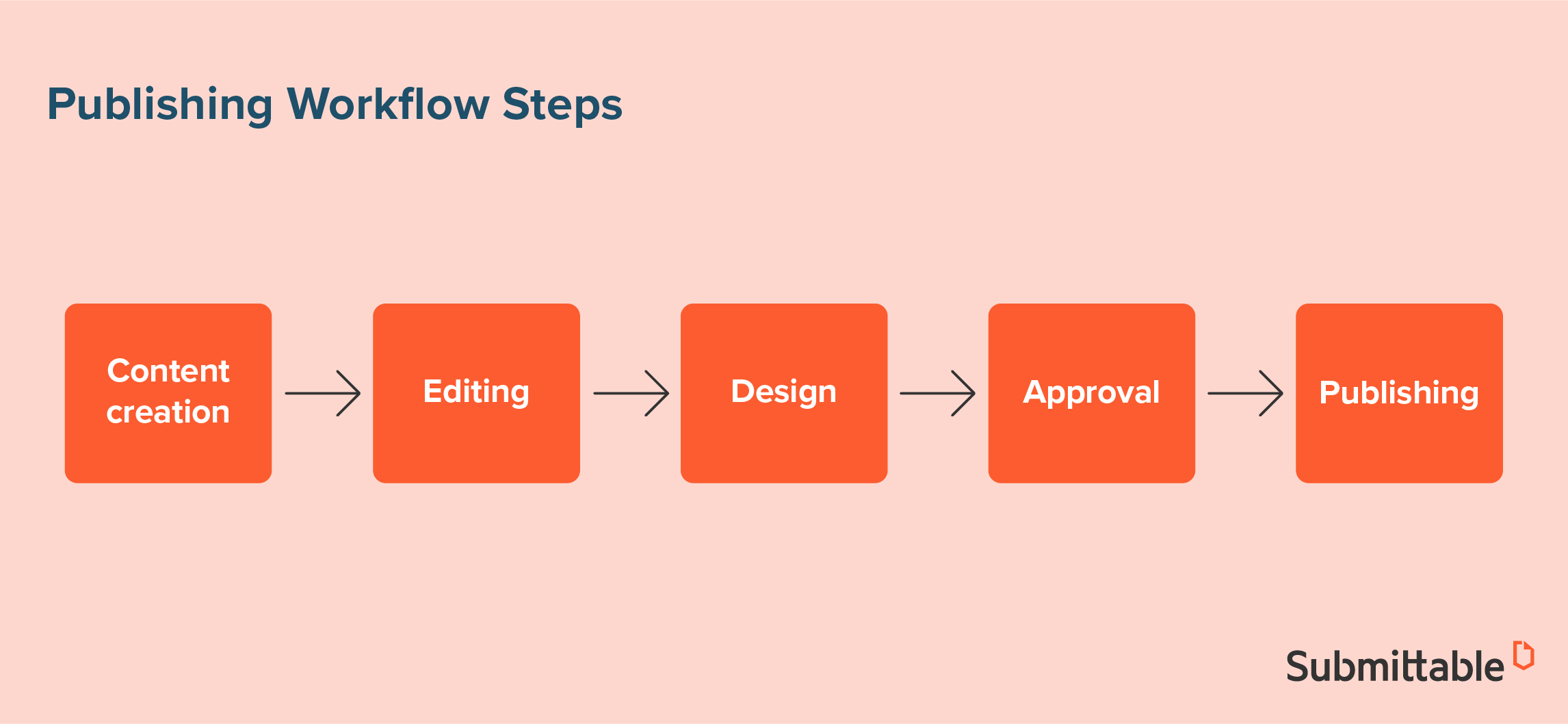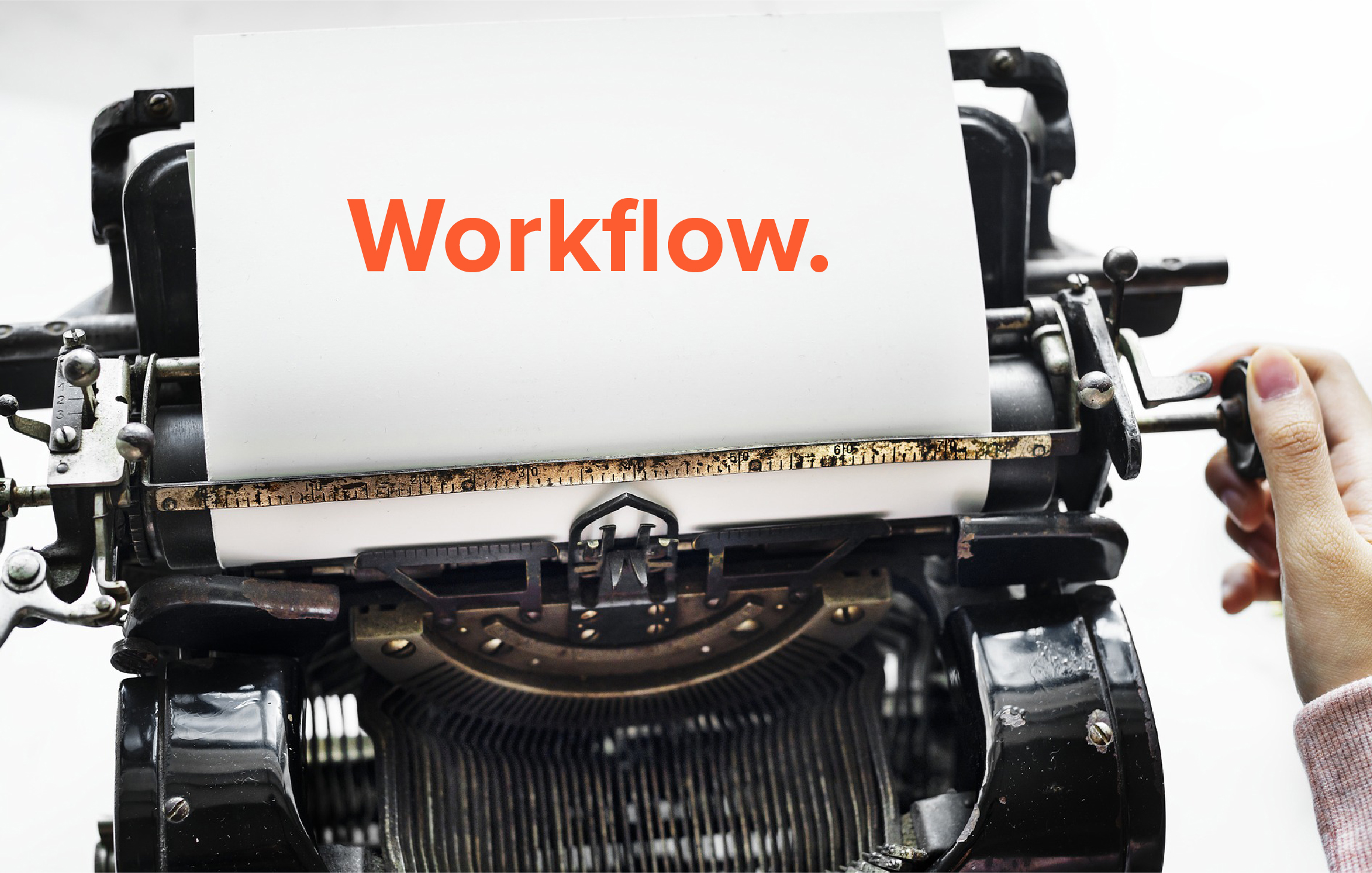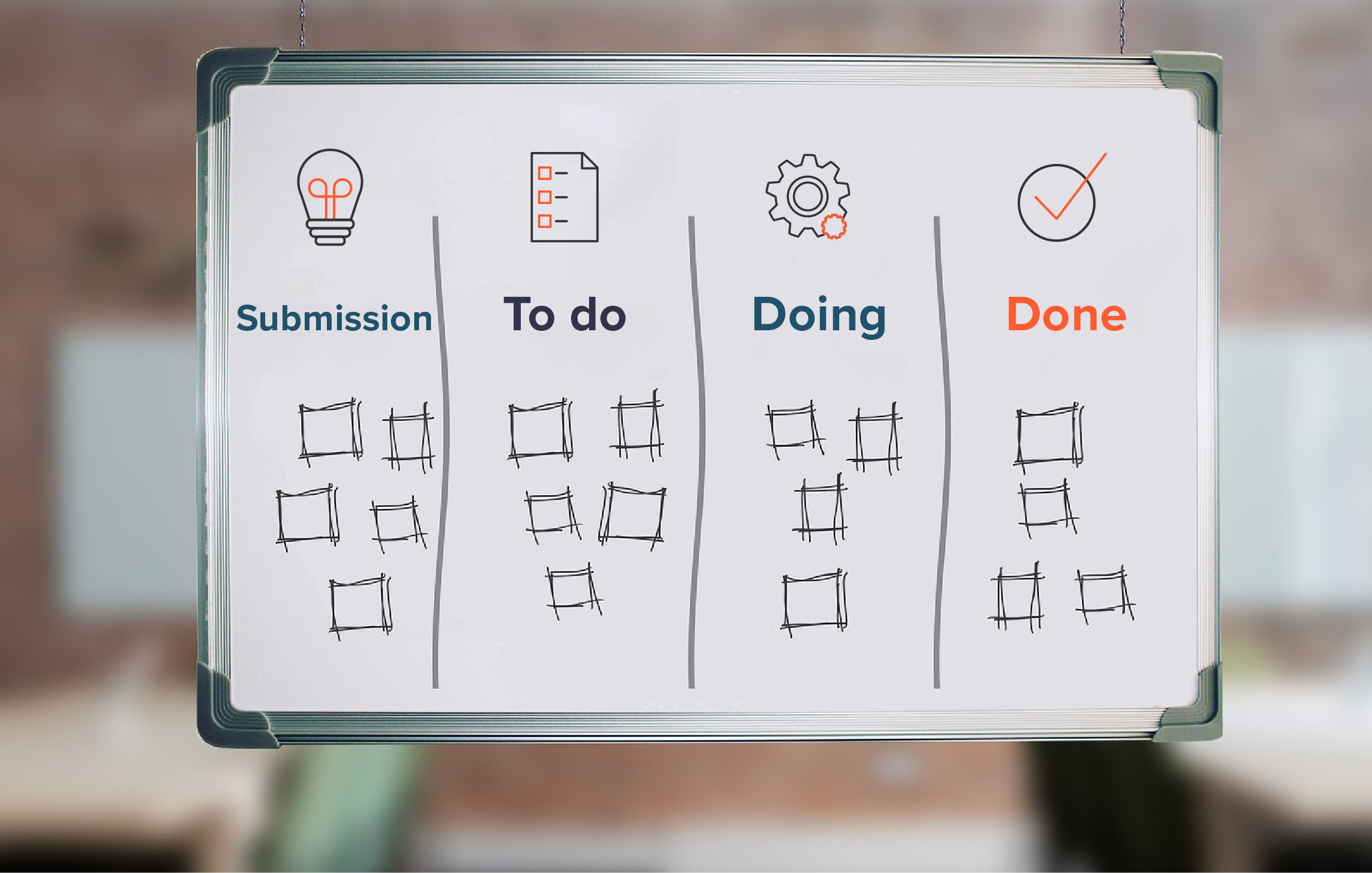As the world of publishing becomes simultaneously smaller and more niche (targeted to exclusive, boutique audiences), and bigger and more varied (spanning a wealth of platforms and mediums), the sheer volume of content raining down on publishers who take open submissions can easily overwhelm the editorial staff.
Modern publishers must deal with three rising challenges: an influx of content, exponential market competition, and the waning attention span of the modern consumer. How do you attract the kind of content you need while simultaneously streamlining the editorial workflow, from submissions calls to final ready-for-press content?
The answer lies in turning to more efficient systems that can deliver exceptional results, without losing the personal touch that interaction between editors and writers bring to high-quality content. The first step is recognizing and understanding your publishing workflow and how you can transform it to maximize usability and achieve better results.
What’s a Publishing Workflow?

General workflow refers to all of the actions and steps you must take to achieve your chosen final result. In publishing, the last step is the successful publication of high-quality content. A publishing workflow is, therefore, all of the things that have to happen to achieve publication.
Look at your publishing organization. What are your sub-goals? Since the final goal is publication, working backward can help you to identify crucial processes.
- What type of content do you want to publish?
- What steps will it have to go through to make it worthy of publishing?
- How many rounds of revisions, editing, proofreading, and fact-checking will be required?
- What level of quality control will you initiate?
- Who is the intended audience?
- What publishing platforms will you be utilizing?
- Who will be involved in all of the above processes?
- How do you decide what topics you wish to pen submissions for?
- How do you attract good writers?
- What can you do to ensure high quality in initial submissions?
Once you’ve identified all the steps, mapping them to a timeline can help you determine the logical progression, in addition to highlighting potential problem areas. Once you’ve managed to successfully pinpoint and describe all of the action steps that are required to take a piece from call to completion, you can build out your projected timeline, and begin the next part of the mapping process: the people.
A small publishing operation working mostly online may depend on only a few key people to keep things moving, but if submission volume is high, it can be easy to fall behind. This is especially true if submissions are coming in through different channels, with no standardization.
Content might be uploaded directly into a simple CMS such as a WordPress website, and published with minimal tinkering or editorial process. Quality might end up not being as important as timeliness, quantity, and “clicks.” That doesn’t mean that the editorial workflow isn’t an important step, or that you should overlook it altogether.
Platforms that are by and large user-run, with little or no editorial input, consistently draw the ire of modern consumers of content who tire of “disposable” media and crave a return to the days of “traditional publishing.” However, the cost of slow, clunky traditional publishing processes can make high-end editorial processes feel out of reach.
Streamlining workflows can provide a solution to the need for a balance between cost efficiency and quality control for small staffed websites. Workflow streamlining can also benefit similarly staffed journals who prioritize seeking the highest quality as a matter of principle.
A larger media organization might have a full on-site staff of editors, proofreaders, and fact-checkers, with multiple checks and balances on each piece of content coming through to ensure the highest possible quality. But even with the most diligent attention, things can still slip through the cracks if there’s no clear workflow, and every person is forced to work more or less autonomously.
Without final proof, you can too easily waste valuable time on duplicated efforts, lose content revisions or send pieces to press with revisions that failed to update correctly. A modernized publishing workflow can lead to high-level collaboration and communication from a central hub, where everyone involved can draw the necessary information and updates and keep content moving through the action steps towards final publication.
Publishing Workflow Steps

The editorial workflow process should be, first and foremost, centralized – with all steps, checklists, information, notes, and communication in a single place for collaboration and accountability. These steps may vary depending on your specific process and the type of content you are publishing, but for most journals, small publishers, and digital sites, the editorial workflow goes something like this:
Content Creation
If there are in-house writers, staff writers or a pool of on-tap freelancers, content creation can be an assignment process requesting a predetermined number of pieces from each writer by an established deadline. Having a submissions system that allows content to be uploaded to a central database to be edited, reviewed, and commented on can significantly streamline this process and enable editors to offload many small tasks to automation.
If the project is an open call for submissions, this may be a less structured process, with broader topics and many pieces of content coming in requiring cataloging and management. Having a submissions system that requires strict adherence to formatting standards and mandated fields for information makes handling large volumes of submissions and accepting them in batches while communicating with submitting authors much easier than a traditional slush pile system.
Editing
The first round of editing can begin once you quickly review submissions or turned-in assignments for their adherence to guidelines and their suitability for your publication. Having a workflow in place to assign tasks to editors, track progress and completion, and resave the edited file for further review or author revisions is crucial to maintaining momentum and ensuring quality.
Multiple rounds of editing may be necessary, with fact-checkers or experts drawn into the process as needed. Each step should be laid out within this more extensive process, with rigid deadlines for each action to be completed. All members assigned to various steps inside the larger tasks can communicate with each other and leave comments to further collaborative efforts.
Design
If there is a requirement for original layout and design, this step can often take the longest. As soon as there is a clear direction for the submission in progress, design may be able to start creating assets for use with it. Alternately, design may create templates and content be tailored and standardized to fit the publishing format.
Approval
Proofreading and final layout approval go hand in hand – all too often a typo can arise during the editing or design phases. The layout may require tweaking to ensure you meet all parameters for publication, whether for an online blog or a printed publication.
At this point, you can also complete source compilation. Ideally, the submissions process will include this information as a matter of course, so dropping the source material into place after fact-checking is complete becomes seamless, with publication approval following content finalization.
Publishing
The final step is publishing, which may or may not be tied to a specific date or deadline, and may include more than one person as part of the process. Once you complete publication, you can archive and tag the project – whether manually or digitally — for easy retrieval. This can be critical in the case of a need for correction or retraction.
The Growing Need for More Efficient Editorial Workflow

Traditional editorial workflow processes can be clunky, unintuitive, and ill-suited to collaboration. In the case of the major processes in the workflow listed above, printed paper copies gave way to digital ones, but the access to them and the ability to share and collaborate was not significantly improved.
Word documents or Google Docs with access to large numbers of people doesn’t a content management system make and adding other scheduling or tracking tools like Asana or Trello only creates more room for mistakes or missed steps.
A “digital-first” approach can create a unified editorial workflow premised on a clear chronology and chain of command. This will make it easier for time-crunched editors to delegate tasks, and allow for faster, more efficient management of all content in the system.
If submissions are entered initially into a centralized content hub, everyone from that point in the process on can easily navigate the content, manage their roles in its revision and review, and drive publication towards completion. No more searching for files, or asking if another team member has completed the next step in the process.
When you empower both your submitting authors and your editors, you create an environment where they can take ownership of their roles and their tasks. The result of a modernized publishing workflow is better quality, faster processes, more rapid progress towards publication, and lowered publication costs.
What is editorial workflow management software?

An editorial workflow management software should provide a digital-first experience, with “input from anywhere, access from anywhere” functionality. It should act as both a content repository, a content management system, and a content distribution platform.
Standard communications with submitting authors can be automated, as can alerts and notifications about action step deadlines and completions. Once you integrate your platform and workflows, you can begin automating your publication for digital platforms. Writers, editors, designers, and project managers can all access and collaborate on the content in one place, streamlining tasks, approvals, and finalization.
Editorial workflow management software benefits
Common publishing workflow issues that you can easily resolve with proper editorial workflow software include:
- Communication and collaboration issues – no missed messages, no lost files
- Automation and scalability issues – manage as much or as little content as is required
- Save time – streamlining the process can save minutes per task adding up to hours you can better spend elsewhere
- Accumulation of resources – once submitted always accessible
- Archived submissions – reach back to past submissions for future or reconsideration
- Content repurposing issues – tag, label, archive and store content for easy retrieval and discussion for repurposing
By instituting a streamlined editorial workflow, your ability to scale your publications while you maintain strong editorial control and increase accountability. The result is content that goes to publication on time, every time. Find out how Submittable can assist your publication by centralizing its editorial workflow today.
